Chain reaction: the making of Handmade 2015’s 'Table Jewel' candy bowls, by Cora Sheibani and Hamilton & Inches
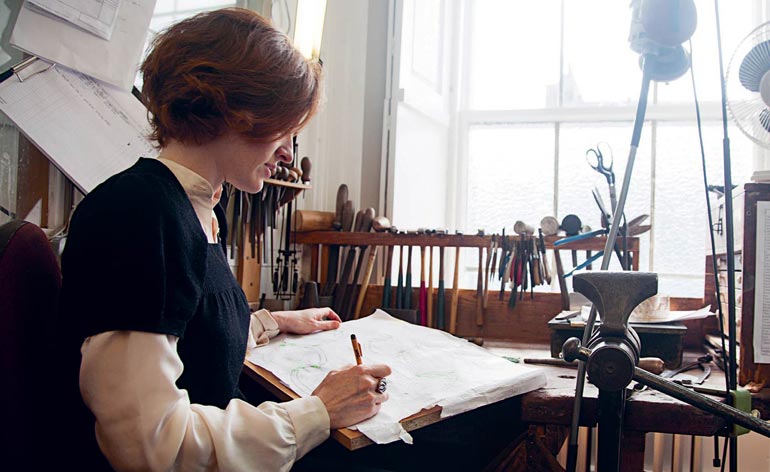
People are keen to label Cora Sheibani as an artist. She studied art in Florence and New York; her art-dealer father was Ettore Sottsass’ gallerist; and her pieces are often exhibited in galleries. But it’s a label she refutes. ‘I am a jewellery designer. Simple as that,’ she says. The London-based Swiss designer’s gently discordant approach to precious metals and stones has always intrigued us. She may not be a worker of gold, but she’s a seriously good jewellery designer.
Sheibani’s collections to date are graphically inspired and narrative driven. Lentils, copper dessert moulds and ornate picture frames are just some of the themes around which she has based entire lines, but there’s a sculptural counterplay in their realisation: light forms come in subverted shapes with a tongue-in-cheek sensibility.
We have wanted to work with Sheibani for some time and, after a visit to the centuries-old silversmithing workshops of Edinburgh jeweller Hamilton & Inches, we approached her with the idea of collaborating on a more sizeable design that reflected Handmade 2015’s entertaining theme. ‘I like craftsmen who are open to new ideas,’ Sheibani says. ‘I also really love the idea of working with traditional materials but finding new ways of putting them together. I’d never worked on a big piece and I had been keen to do something on a different scale for some time.’
Because silver was the medium being presented, Sheibani decided the design would be a continuation of her ‘Clouds with a Silver Lining’ jewellery collection. ‘I drew the shape of the cloud and instinctively made the circles into links. So my first idea was to make a dish, like a tray, with the clouds circling it in a chain. But then I thought it would look better if all the clouds were different, so the idea of a “chain” of bowls started to float into my head.’
The bowls would become a solid representation of the clouds, linked by a separate chain, designed to become the standout aspect. But after a trip to Edinburgh to discuss her idea with the silversmiths at Hamilton & Inches, a stronger, albeit more complicated, idea started to form. ‘I realised that if the chain became part of the solid design, then the bowls themselves could be the links. As my design is non-symmetrical, it would have to be made by hand.’
The workshop at Hamilton & Inches, a 150-year-old company with a Royal Warrant to the Queen for silversmithing, is situated in the basement of a grand Victorian townhouse in the heart of the Scottish capital. Its small team includes apprentices in their teens and the master chaser and silversmith, who has been here for more than 25 years, and its passion and energy is palpable.
With a global reputation for creating ceremonial silverware and traditional forms, such as official trophies and crowns, we knew that its craftsmen were unlikely to shy away from the challenge. Matching Sheibani with Hamilton & Inches felt like the perfect coming together of high concept and exceptional craft, but the next stage was to discover whether the idea could translate from paper to product. In other words, would designer and maker click? And so we headed north on a freezing January day to explore the concept further with the Hamilton & Inches studio, as well as its studio manager Jon Hunt, and its master chaser and silversmith Panos Kirkos.
‘Obviously there are difficulties with any special project but there is no point in us trying to tell a designer what to do,’ says Hunt, an expert silversmith and designer who learned his craft in Hatton Garden, London’s hallowed jewellery quarter. Having looked at Sheibani’s design and the rudimentary sketch that outlined it, the studio workshop was a bit daunted at first. ‘But the guys in the studio have a tendency to see the dark side,’ Hunt says, laughing at their first reaction. The piece’s complexity was the real concern.
‘We knew it would be time consuming, but then it’s the designer who takes all the effort to come up with an original idea. Our job was to realise Cora’s design as it appeared on the paper and to bring it to life at an exceptionally high standard. It also presented us with a chance to show that we can do contemporary pieces.’
Sheibani’s simple sketch was the blueprint for the whole piece. ‘We pride ourselves on working from a sketch,’ says Hunt. ‘It meant that we always had the shape of clouds in mind that Cora had envisaged. The contours had to look as freeform as the drawing.’
‘Table Jewel’, a chain of solid silver candy bowls, was created entirely by hand by Hunt and his team, who raised it from a flat piece of silver. Each bowl (there are seven in total) is shaped through hammer work. To link the bowls together, sections had to be carefully cut out of each, a process made all the more tricky by the fact that each bowl was a unique shape. The craftsmen had to make sure each remained level so that the entire piece didn’t rock. ‘Once they were soldered together, they couldn’t be altered,’ Hunt explains.
After the form was created, it was over to the polisher to bring the piece to life. Because the wires making the chain are interlinked, there is an overhang, which takes incredible skill to negotiate so as not to damage the overall structure. The piece required polishing 14 different parts at different stages and took four dedicated craftsmen ten weeks to create.
‘I knew it was complicated,’ says Sheibani. ‘At first, I suggested that, because of the work involved, we should just do five bowls. But I really liked the fact that Jon and his team said, “No, let’s stick to seven. We are not going to do it the easy way.” I also liked that everyone in the studio worked on it and took part in the whole process. They passed my design around; it was a real studio project.’
As the biggest piece Sheibani has ever designed, the Handmade process has forced her to rethink what is possible for her practice. ‘It’s nice to know that I can do things other than wearable jewellery,’ she says. ‘I’d had similar ideas for creating objects but I’d always had to put them off. Now I have learned a lot more about techniques and the differences between disciplines and materials. The process of hand raising and what you get from sheet to bowl, for instance, really struck me. I am now thinking of designing other jewellery objects inspired by the same kind of thinking.’
The project also presented Hamilton & Inches with a new view: ‘It was really reinvigorating taking part and working with Cora, as she is not someone who designs big pieces every day,’ says Hunt. ‘The idea that she came up with was so fresh to us. It’s a one-off. No-one could recreate this.’
‘This project cost more in labour than in materials,’ says Sheibani. ‘All my work is about that. The actual preciousness is not important – the real value of the piece is the work.'
As originally featured in the August 2015 edition of Wallpaper* (W*197)

‘I like craftsmen who are open to new ideas,’ Sheibani says. ‘I’d never worked on a big piece and I had been keen to do something on a different scale for some time’
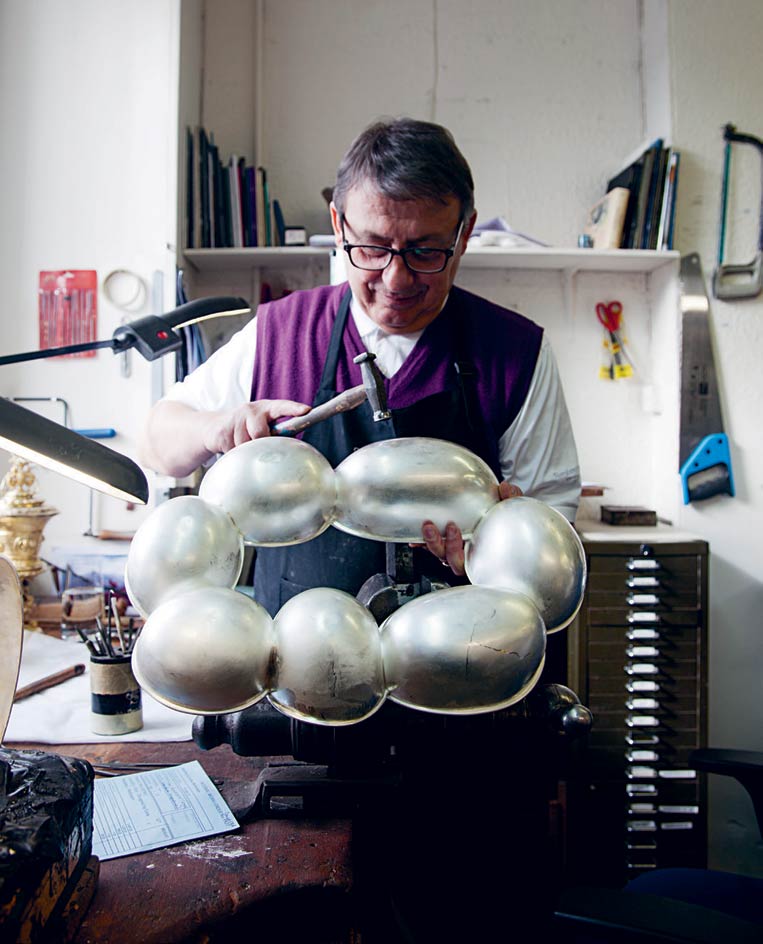
Because silver was the medium being presented, Sheibani decided the design would be a continuation of her ‘Clouds with a Silver Lining’ jewellery collection. ‘I drew the shape of the cloud and instinctively made the circles into links. So my first idea was to make a dish, like a tray, with the clouds circling it in a chain’
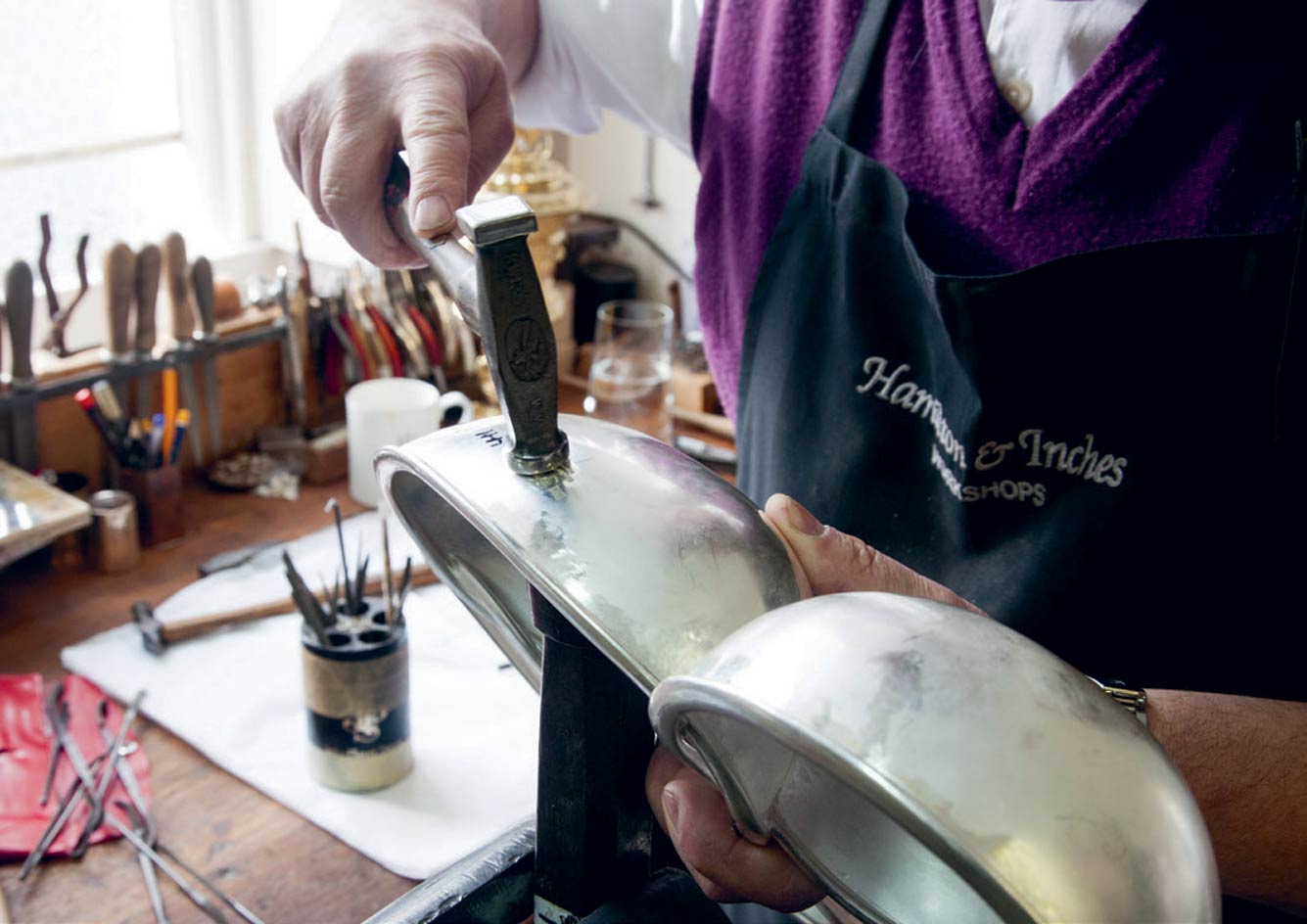
‘Table Jewel’, a chain of solid silver candy bowls, was created entirely by hand from a flat piece of silver. Each bowl is shaped through hammer work. The craftsmen had to make sure each remained level so that the entire piece didn’t rock
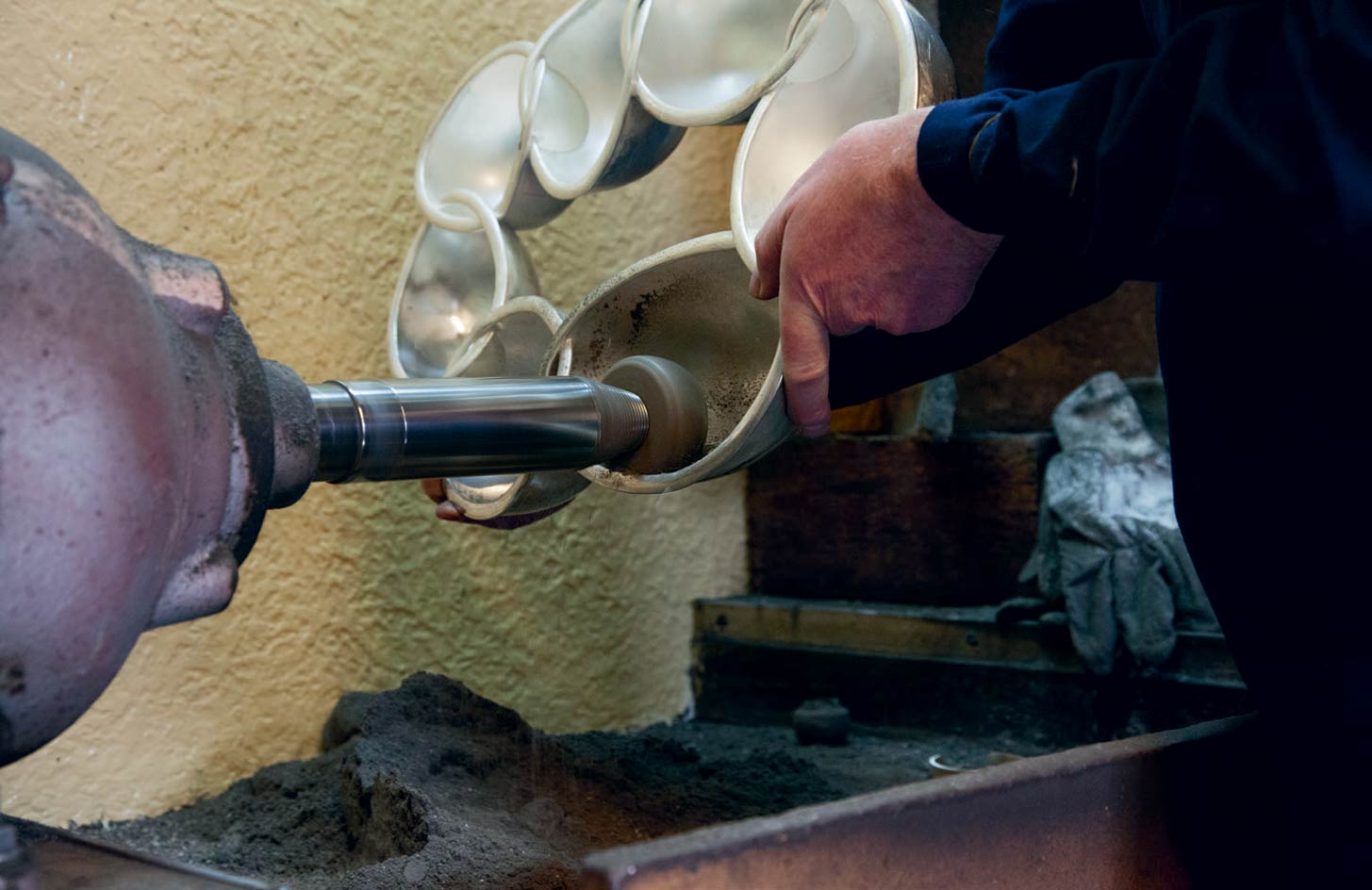
‘We pride ourselves on working from a sketch; it meant that we always had the shape of clouds in mind that Cora had envisaged. The contours had to look as freeform as the drawing,’ says studio manager Hunt
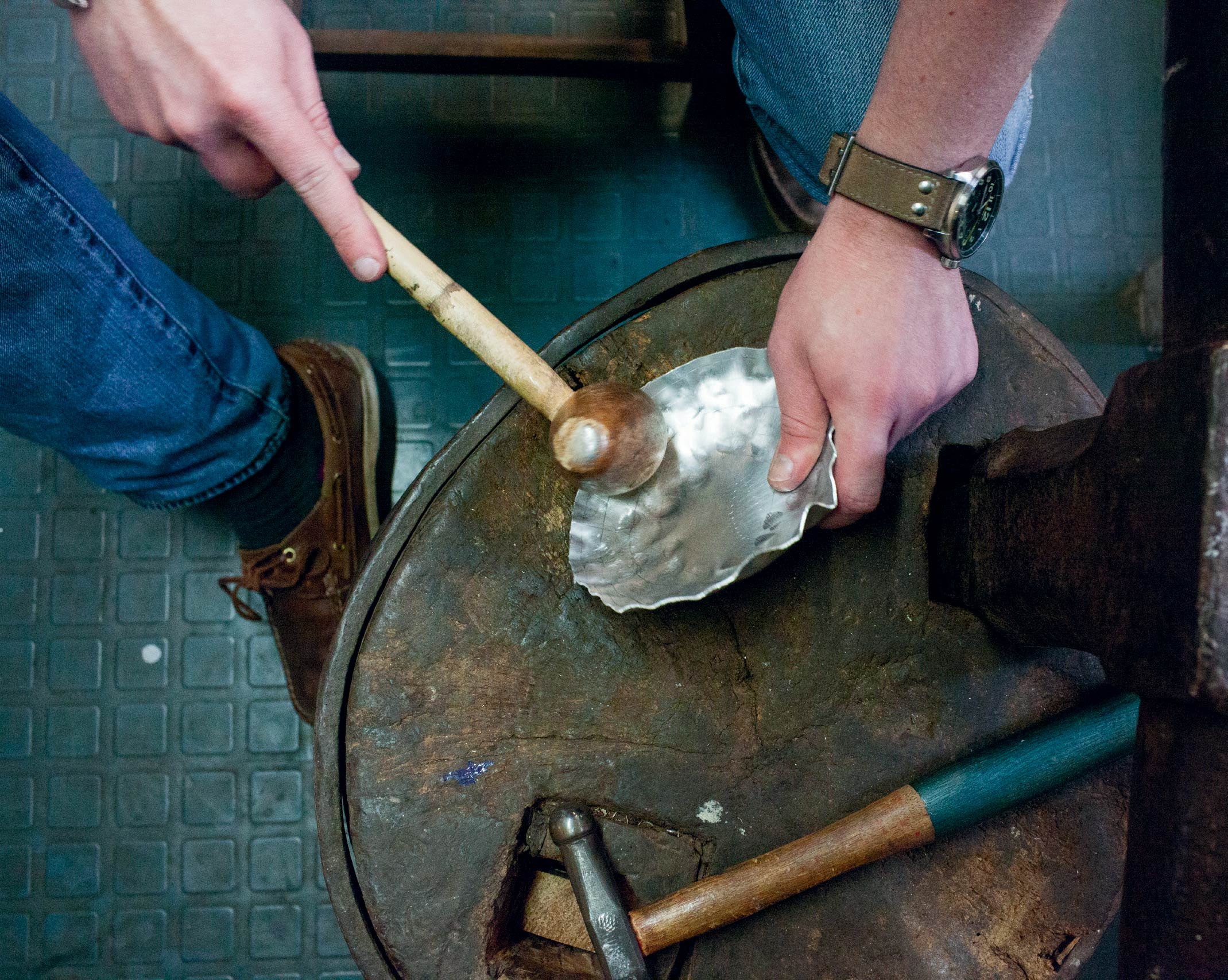
As the biggest piece Sheibani has ever designed, the Handmade process has forced her to rethink what is possible for her practice. ‘It’s nice to know that I can do things other than wearable jewellery,’ she says. ‘I am now thinking of designing other jewellery objects inspired by the same kind of thinking’
Receive our daily digest of inspiration, escapism and design stories from around the world direct to your inbox.
Caragh McKay is a contributing editor at Wallpaper* and was watches & jewellery director at the magazine between 2011 and 2019. Caragh’s current remit is cross-cultural and her recent stories include the curious tale of how Muhammad Ali met his poetic match in Robert Burns and how a Martin Scorsese Martin film revived a forgotten Osage art.
-
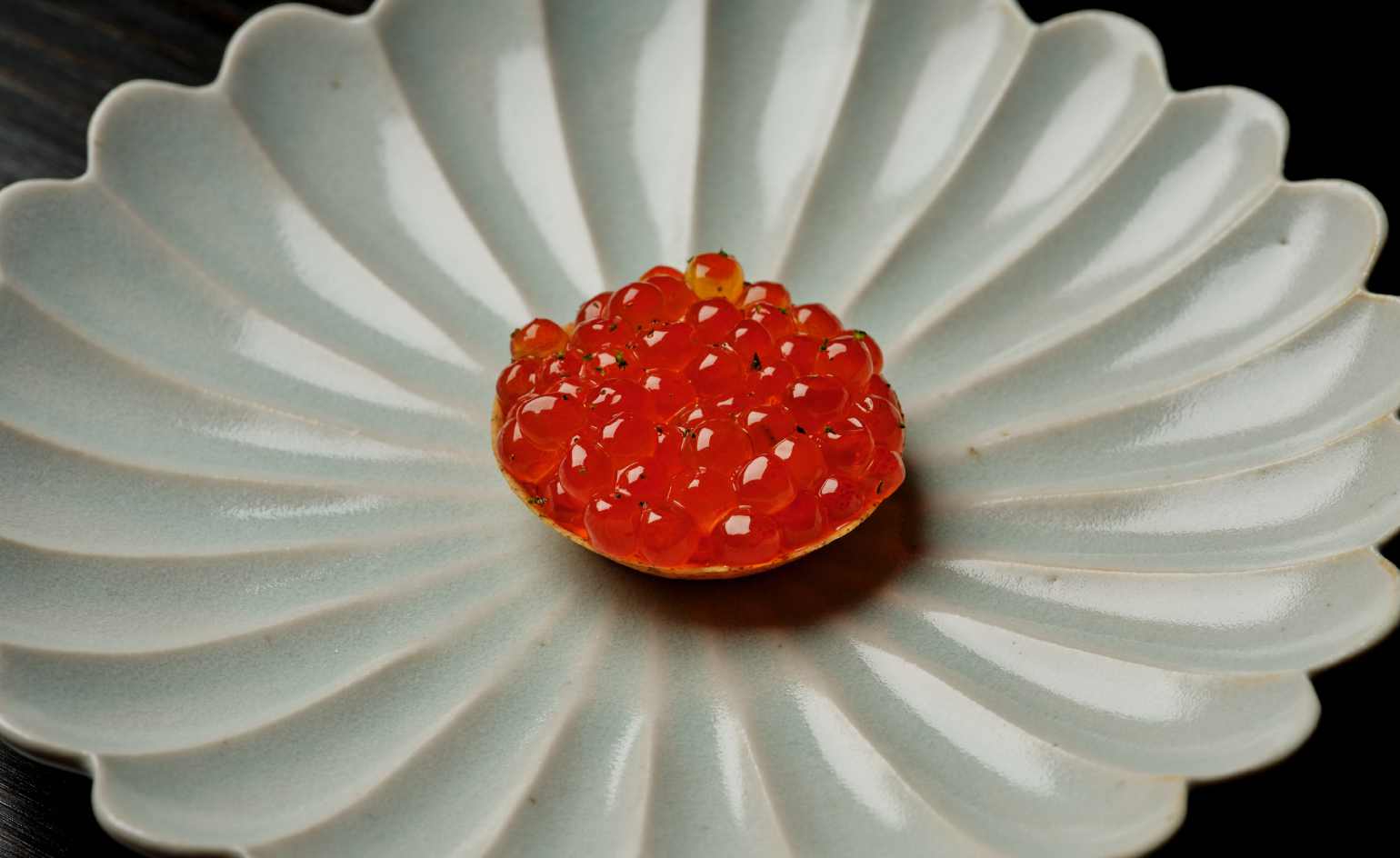 This cult Los Angeles pop-up restaurant now has a permanent address
This cult Los Angeles pop-up restaurant now has a permanent addressChef Brian Baik’s Corridor 109 makes its permanent debut in Melrose Hill. No surprise, it's now one of the hardest tables in town to book
-
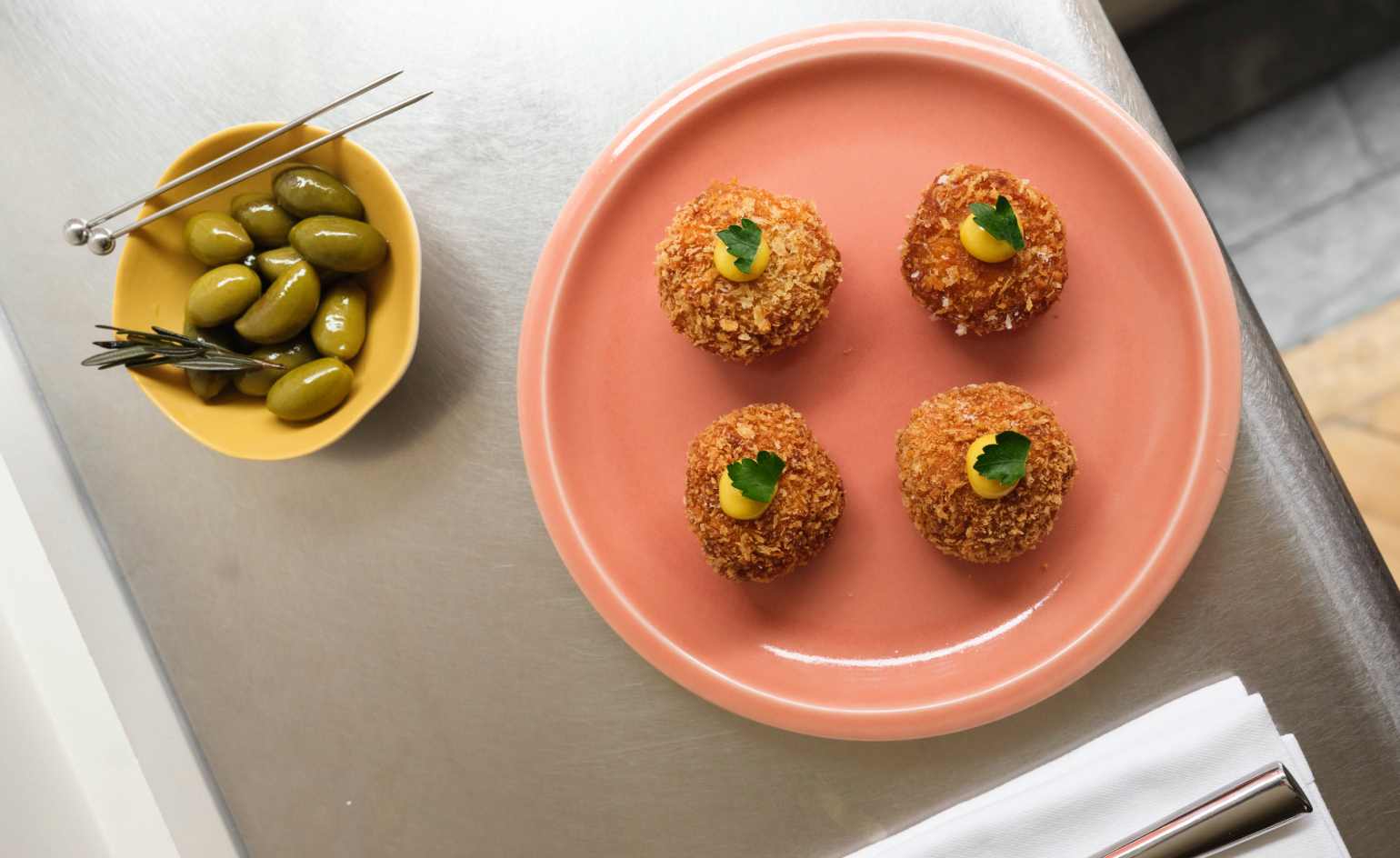 French bistro restaurant Maset channels the ease of the Mediterranean in London
French bistro restaurant Maset channels the ease of the Mediterranean in LondonThis Marylebone restaurant is shaped by the coastal flavours, materials and rhythms of southern France
-
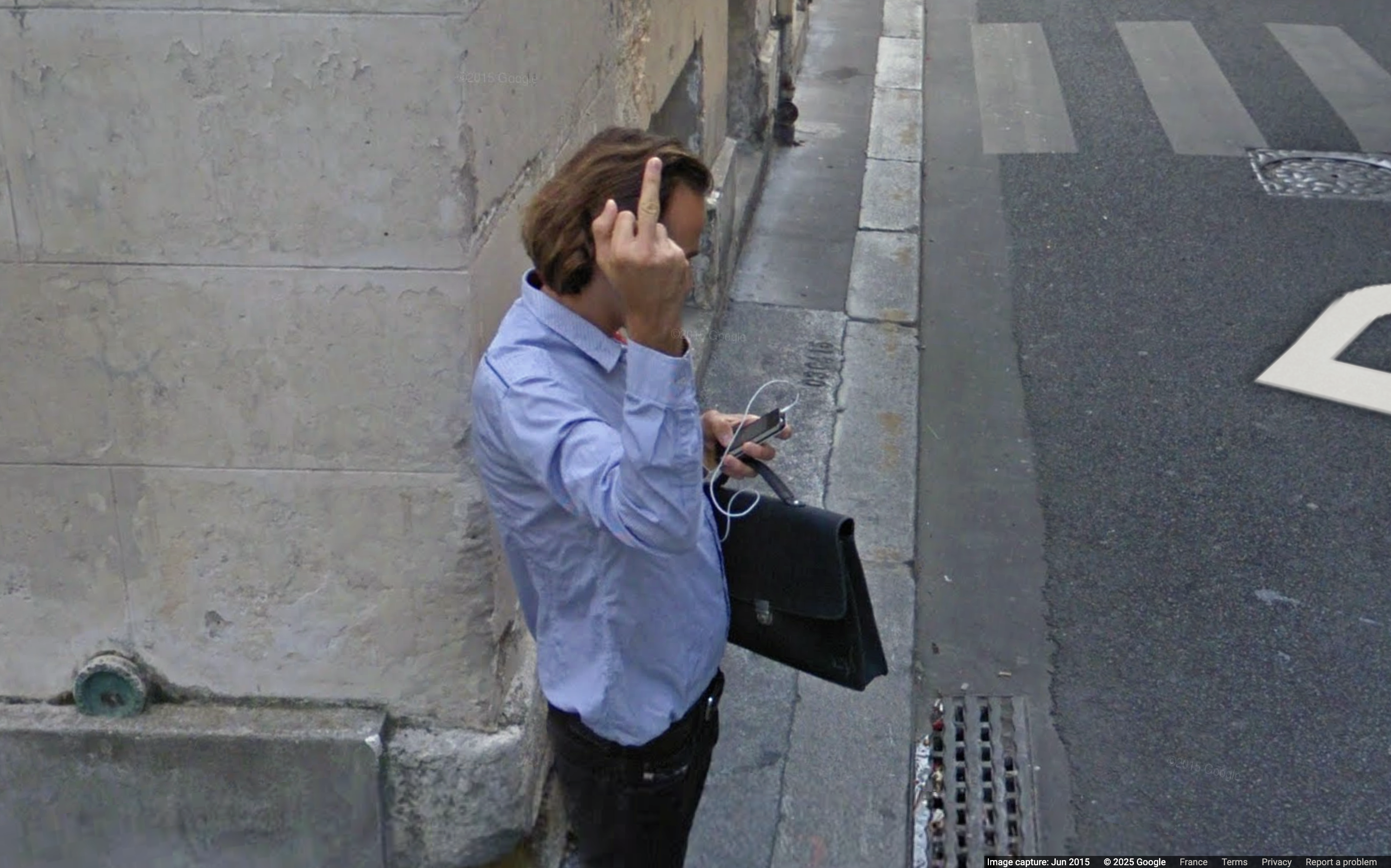 How ethical is Google Street View, asks Jon Rafman in Copenhagen
How ethical is Google Street View, asks Jon Rafman in CopenhagenIn 'Report a Concern - the Nine Eyes Archives' at Louisiana Museum of Art, Copenhagen, Jon Rafman considers technology's existential implications
-
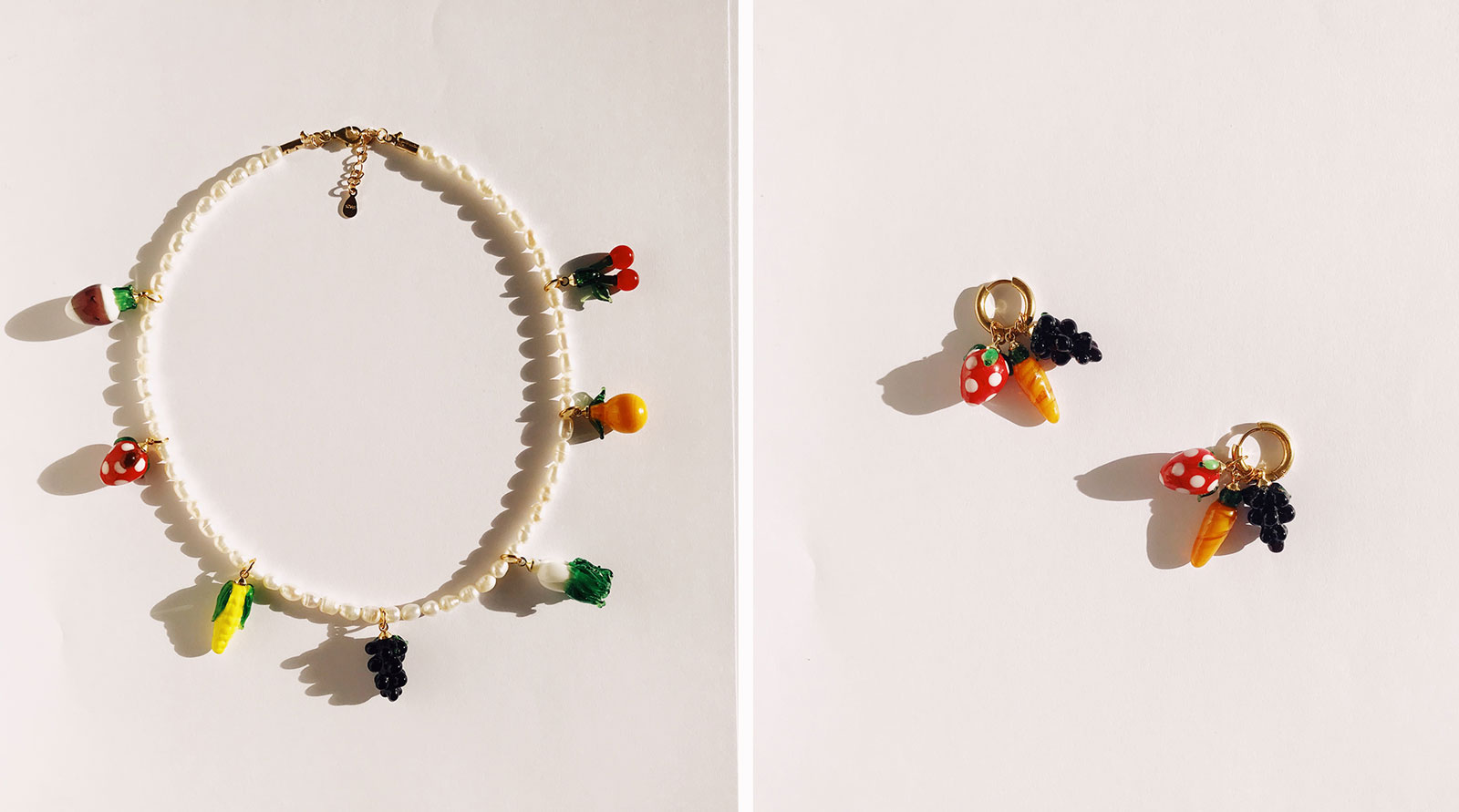 Summery jewellery good enough to eat
Summery jewellery good enough to eatSummery jewellery is more delicious than ever
-
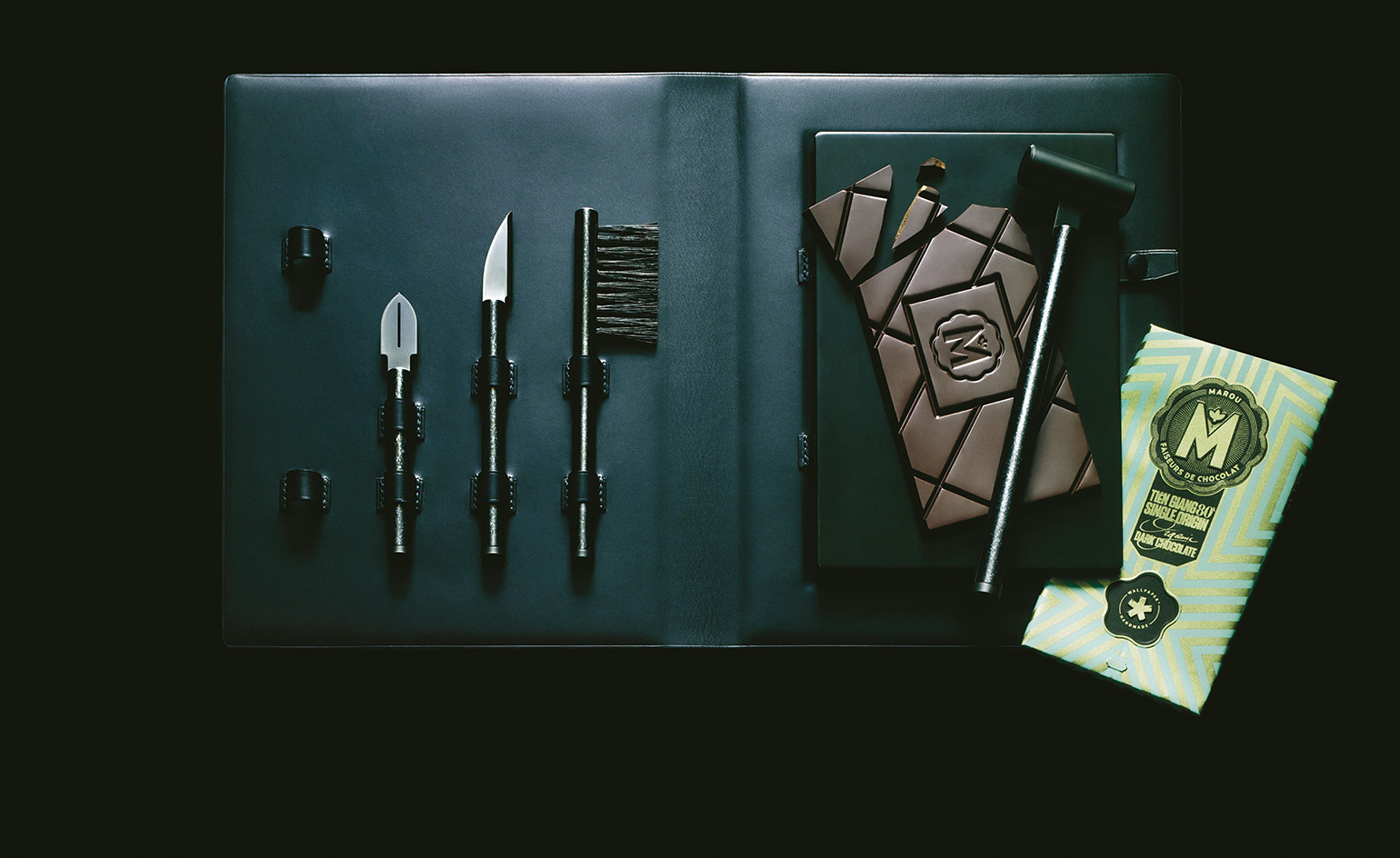 We’re at the sharp end of sophisticated postprandial entertaining with our tool kit
We’re at the sharp end of sophisticated postprandial entertaining with our tool kit -
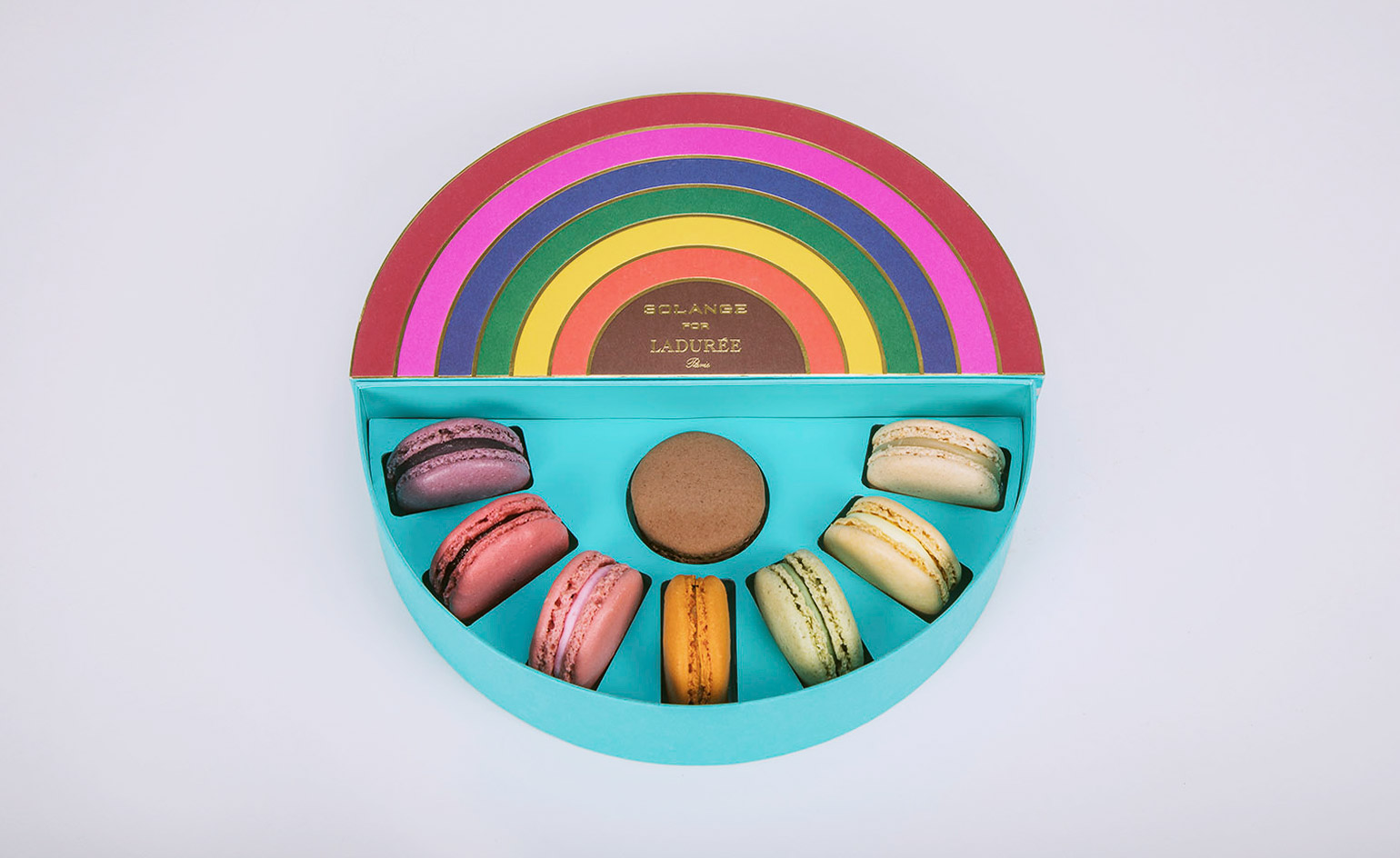 Solange Azagury-Partridge’s collaboration with Ladurée hits the sweet spot
Solange Azagury-Partridge’s collaboration with Ladurée hits the sweet spot -
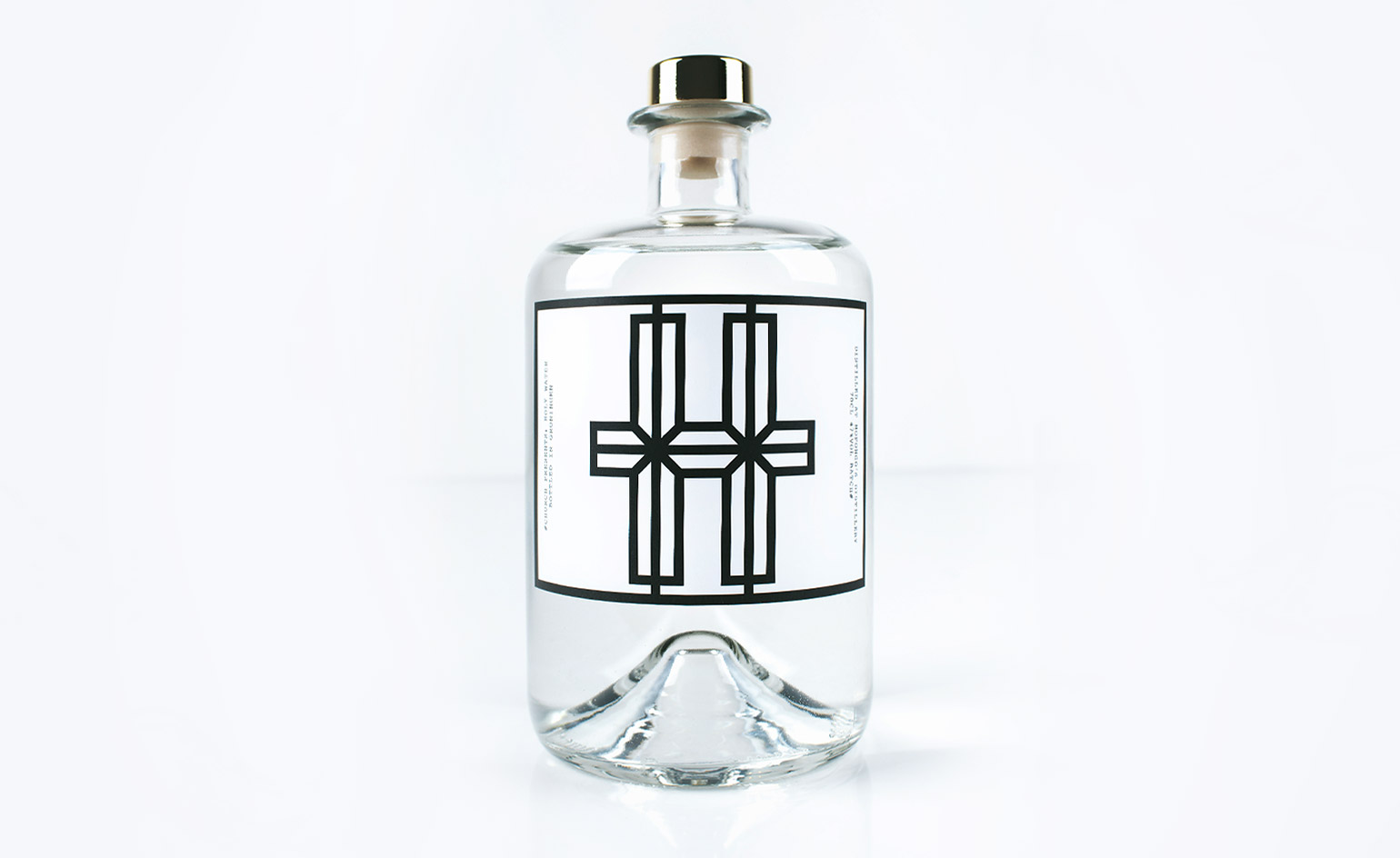 Holy order: a Dutch collective brings a spiritual slant to gin
Holy order: a Dutch collective brings a spiritual slant to gin -
 Can’t stop: Yield Design Co. continues to evolve
Can’t stop: Yield Design Co. continues to evolve -
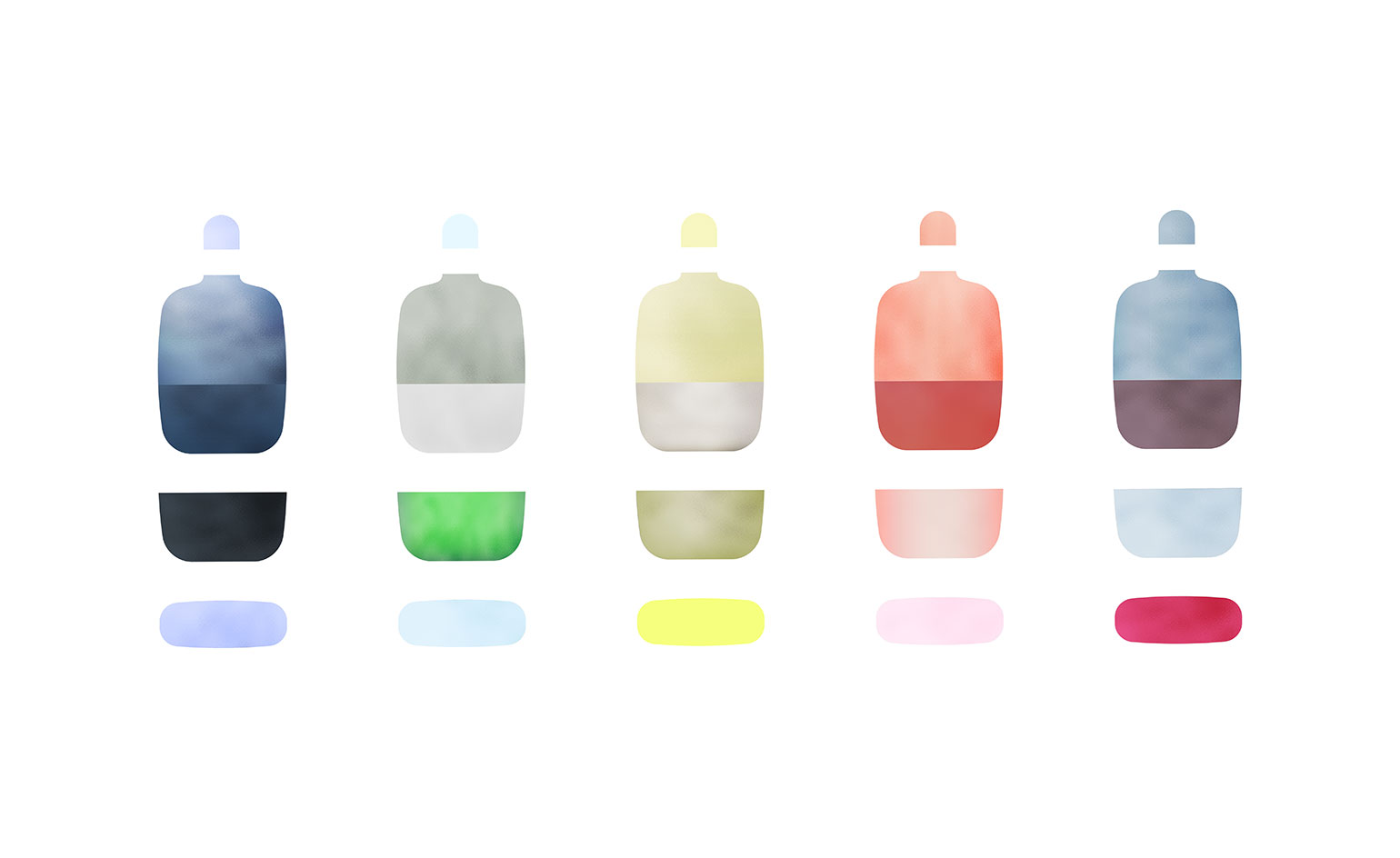 Spirited away: the making of Scholten & Baijings' and Nonino's grappa flasks for Handmade
Spirited away: the making of Scholten & Baijings' and Nonino's grappa flasks for Handmade -
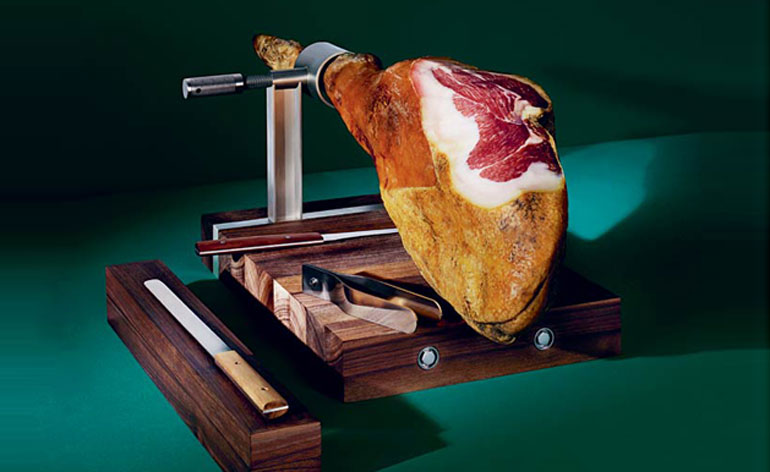 A cut above: the making of Handmade 2015’s prosciutto carving set, by Piero Lissoni and Knindustrie
A cut above: the making of Handmade 2015’s prosciutto carving set, by Piero Lissoni and Knindustrie -
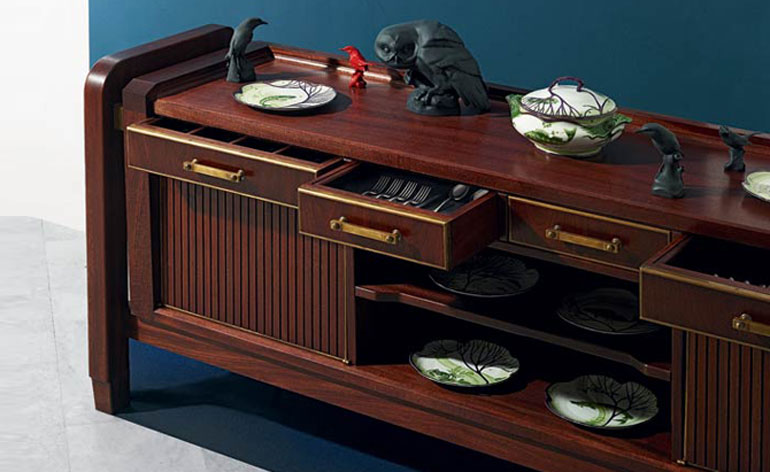 Side project: the making of Handmade 2015’s ‘The Eater’ credenza, by Roman and Williams
Side project: the making of Handmade 2015’s ‘The Eater’ credenza, by Roman and Williams